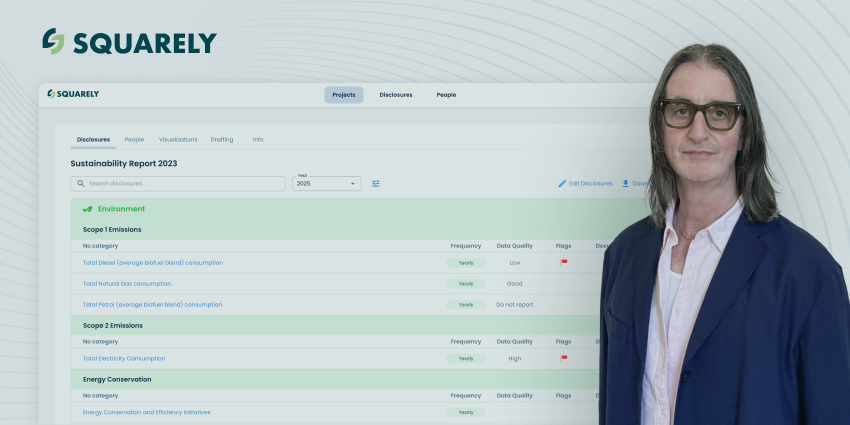WHAT CAN BE LEARNT FROM THE STAKEHOLDER ENGAGEMENT OF COMPANIES IN JAPAN?
Maximizing the engagement with stakeholders brings about benefits that go beyond conventional risk management. It can open up opportunities and lead to learning, innovation and fundamental corporate transformation – to effect fundamental change in the company’s internal operations. It is, therefore, important for organisations to learn different practices of stakeholder engagement from companies around the world. This article analysed the stakeholder engagement of the 30 largest corporate taxpayers in Japan and presents some key learning points.
In Japan, the practices of engaging with stakeholders as part of Corporate Social Responsibility (CSR)/Sustainability management process have been increasingly adopted by many large companies. Close to 100% of listed companies surveyed by the Tokyo Foundation in 2016 engaged in stakeholder dialogue of some sort. This article aims to make observations about stakeholder engagement of the 30 giant corporate players in Japan and propose some ideas for a more effective engagement process.
Some of the key observations from the analyzed stakeholder engagement process of the 30 largest companies in revenue in Japan:
-
Reporting rate on stakeholder engagement and material issues is not high: 40% companies in the analysis didn’t describe and elaborate the deployed engagement methods with each type of stakeholder nor explain how their sustainability agendas responded to the concerns and input of their stakeholders.
-
High engagement rate with core stakeholders and low engagement rate with peripheral stakeholders: Shareholders and investors, employees, customers, local communities and NGOs are engaged by 60-67% companies included in this analysis. Meanwhile, suppliers and dealers are overlooked by 73% of them.
-
Environmental issues are highly invested: 50% of the companies on the list placed a high priority on the transition to a low-carbon economy. Some of their specific initiatives include reducing the environmental impact of their operations, innovating sustainable products and services, using resources efficiently…etc.
-
Material topics haven’t addressed pressing social issues: Work-life balance, one of the major causes to the Karoshi phenomenon (overwork death) and to the low participation of women in the workforce (According to Bloomberg, Nikkei 225 companies have the lowest female directors (0%), lowest among developed-market peers), was identified as a material issue by only 17% of the analyzed companies. Likewise, all of the companies on the list invested in local community development programs and yet only a few mentioned their initiatives to solve emerging issues resulting from ageing population and low birth rate.
The following are some ideas and solutions that could be implemented by the analysed sample of 30 largest companies in Japan in order to drive a more effective stakeholder engagement process:
-
Nurturing effective relationships with stakeholders, both core stakeholders, and peripherals alike. For example, suppliers and dealers are often categorized in the latter group and received fewer efforts from the companies as engaging with them is usually more challenging. However, a study conducted by Mckinsey shows that typical consumer company’s supply chain creates far greater social and environmental costs than its own operation, accounting for more than 80% greenhouse gas emissions.
-
Providing education to stakeholders for a more informed dialogue: If stakeholders lack sufficient knowledge on business management issues, they can’t provide relevant input and ideas that help companies become more sustainable. Unless companies are transparent about their performance and report to their stakeholders with clear KPIs, the optimal benefits of stakeholder engagement for learning and innovating won’t be achieved.
-
Specifying material topics: Building a better society or developing local community is a universally material topic regardless of geography or sector of the business. Instead of dispersing human and financial resources to many different social issues, focusing on the most critical one will help companies achieve better outcomes as well as save resources.
Stakeholder engagement is not simply an exercise in talking and listening to stakeholders. If conducted properly, the ideas from stakeholders are the valuable sources of innovation for contributing to sustainable development. (The implementation of CSR Management and Stakeholder Relations, 2017). To enable that effective process, stakeholders should be reported and engaged on a frequent basis so that they can generate valid and relevant opinions. In addition to that, not only core stakeholders but peripheral stakeholders should also be engaged to make stakeholder engagement an inclusive approach. This is the bedrock for companies in the process of incorporating sustainability practices into their business.





